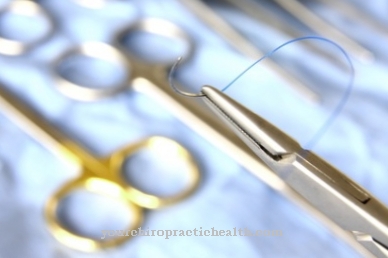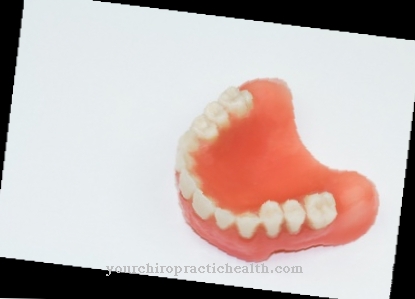Prism foils find application in a field of ophthalmology. What is a prism sheet? What types are there? How does it work and what is its use? That's what this is about.
What is a prism sheet?

A prism film is a highly transparent film made of flexible plastic that is glued to an existing lens. It is used for flexible therapies for squint malpositions. The straight incident light beam is deflected by the prism in such a way that it hits the point of sharpest vision, the fovea centralis, in the retina in the affected eye through the visual axis.
The function of the prism film is to compensate for the measured squint angle and to enable binocular simple vision for straight ahead vision.
Shapes, types & types
Since the prismatic film on the existing lens has to be cut to the individual size, it is offered in a standard size, comparable to that of an uncut lens. In order to enable the squint angle to be compensated, it must be adapted to the individual malposition. Therefore the prismatic foil is available in different thicknesses. These range from the deflection of the light beam by 1 cm at a distance of 1 m to 10 cm at a distance of 1 m, which corresponds to the units 1 prism diopter (pdpt) to 10. For stronger squint angles, the film is available for 12, 15, 20, 25, 30, 35 and 40 pdpt.
Structure & functionality
In the case of a misaligned squint, the light rays of an object reach non-corresponding - i.e. different - retinal areas in both eyes. In the cross-eyed eye there is an impairment of the control of the external eye muscles, so that the correct alignment of the eye cannot be achieved by motor. The images of the right and left eyes cannot be merged into a common visual impression in the visual center. Double images arise.
If a poorly visually impaired eye is not integrated into the visual process through therapy in early childhood, the brain can exclude this eye from the visual process. It is then only marginally visually impaired. Since the visual impressions arrive at different parts of the retina in both eyes, spatial vision is then not possible properly.
A prism sheet compensates for this. The parallel rays of light emanating from the objects are deflected by the prism at an angle in such a way that they impinge on the fovea centralis of the eye. This compensates for the squint angle, but does not change the misalignment of the eye itself.
When positioning the film, you must pay attention to whether it is inward or outward strabismus. Depending on what the optical system is like (How high is the visual performance of the individual eyes with optimal correction? Is one eye poorly sighted? Is there a larger diopter difference in ametropia in both eyes, about more than 4 diopters? Is that Visual system already fully developed? How good was the quality of spatial vision before?), Different quality levels in binocular vision can be achieved with the prism film.
The first level as a basic requirement is that objects can be perceived simultaneously, that the right and left eyes are equal. The second stage is reached when the visual center is able to merge both images into one, called fusion. The highest level of binocular vision is the ability to three-dimensional perception (stereopsis).
You can find your medication here
➔ Medicines for eye infectionsMedical & health benefits
Prismatic foils are a temporary solution for care before or after eye operations or for approaching an optimal solution if the squint angle should change. They are cheaper to fit than corrective lenses with a prism. However, visual acuity can be reduced by 10 percent compared to compensating the prism with glasses.
The prism film brings about a noticeable improvement in the quality of vision, as both eyes are reintegrated into the visual process as equally as possible. The images in the right and left eye reach the corresponding retinal points in the center and in the periphery, so that the quality of spatial vision is increased. Spatial vision can become possible in an area in which the fields of vision of both eyes overlap. Double vision and headaches should no longer occur.
When calculating the correction of the squint angle, there are several things to consider:
- The age of the patient
- Are the eyes able to accommodate near and far? Since physiologically the eyes converge more towards the nose, the closer an object is fixed in the close range, the squint angle can be different in the vicinity than in the distance.
- Are the ametropia properly balanced?
Strabismus can be due to childbirth. Premature birth or a lack of oxygen in the brain at birth can be linked to possible infantile cerebral palsy. Infants can show internal squint in early childhood, which is due to a defect in the sensory brain areas in the cerebral cortex. These areas carry out the sensory fusion of the images of both eyes. There may also be uncorrected refractive errors that are unilaterally high or unevenly high, unilateral cataracts (cataracts) or, rarely, tumors.
Squinting can also occur after injuries. In adults, circulatory disorders, for example as a result of diabetes, can play a role. Bleeding, inflammation, or tumors around the brain stem, or multiple sclerosis could be responsible for the squint. In the case of latent strabismus, the fusion of the two images is temporarily no longer successful due to overtiredness of the eye muscles.

















.jpg)



.jpg)

.jpg)




